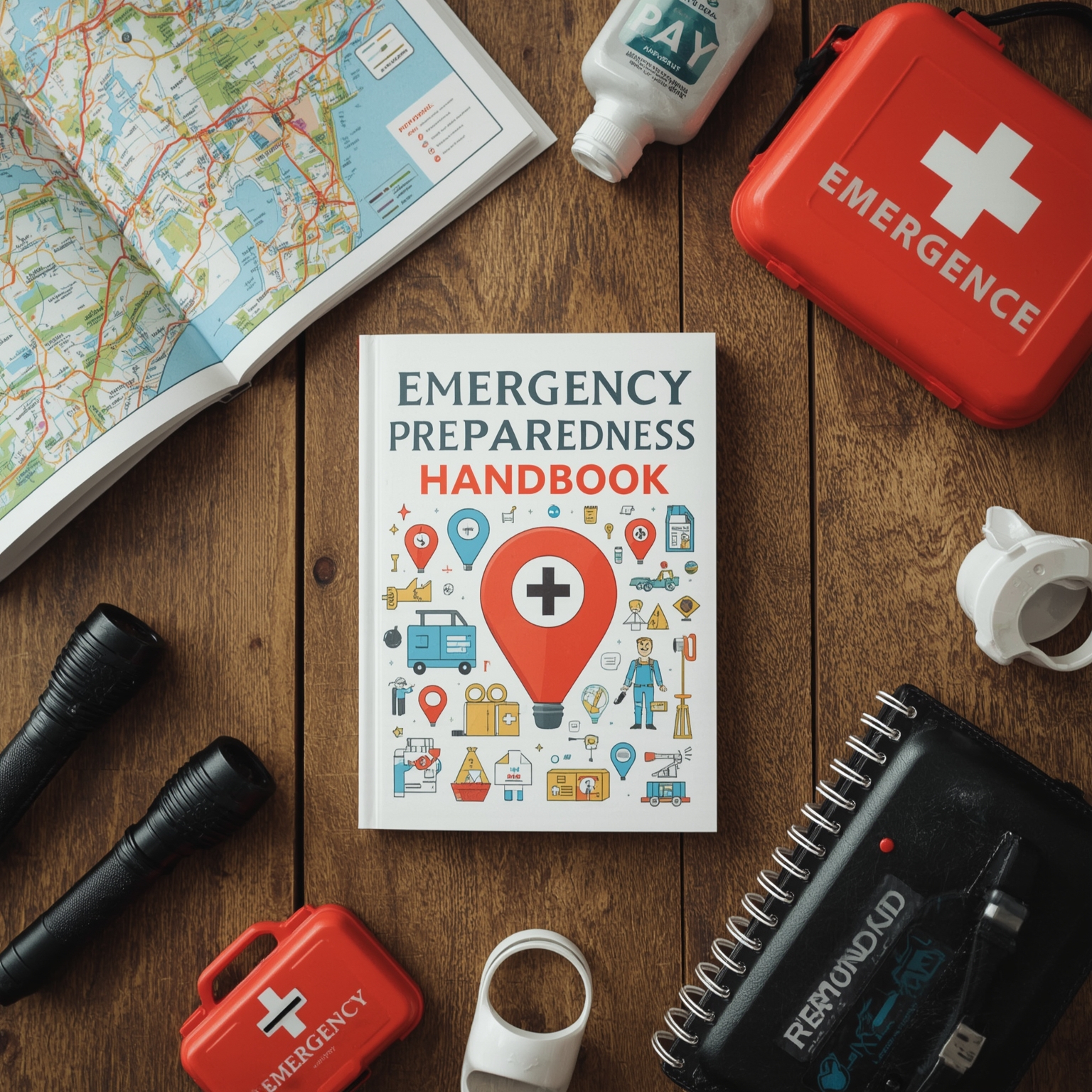Taiwan has initiated an unparalleled effort to strengthen its national resilience by distributing an updated and comprehensive emergency preparedness handbook to every household across the island. This major nationwide program involves the printing and circulation of approximately 11 million copies, ensuring that citizens from every region—urban centers to the most remote rural communities—receive crucial information designed to guide them during crises such as war, natural disaster, or infrastructure failure. The self-governed island, home to roughly 23.3 million people, sees this initiative as an essential part of safeguarding civilian life and national security in increasingly uncertain geopolitical times.
First introduced in 2022 and subsequently revised in 2023, Taiwan’s emergency handbook has now evolved into its most sophisticated version yet. Drawing inspiration from similar civil defense publications in European nations like Finland, Sweden, and Lithuania, which have prepared their citizens for potential conflict scenarios stemming from regional tensions with Russia, Taiwan’s 2025 edition has undergone an extensive transformation. The new guide is presented with clearer visual design, simplified graphics, and instructions that are accessible to readers of all educational backgrounds, emphasizing practicality and ease of understanding. Importantly, this edition also marks the first large-scale direct-mail campaign, symbolizing a decisive shift from passive information sharing to active community education.
Although the manual refrains from naming any specific adversary, the hypothetical scenarios, maps, and examples contained within leave little doubt about the underlying concern: the persistent possibility of military aggression from mainland China. Nonetheless, the guide’s scope extends well beyond armed conflict. It encompasses responses to natural disasters such as earthquakes and nuclear accidents, reflecting a comprehensive, all-hazards approach to national safety.
The handbook begins by encouraging readers to perform a meticulous evaluation of their household’s readiness to face an emergency. It prompts the inclusion of all individuals residing under the same roof—especially children, elderly family members, and pets who may require special care. Citizens are advised to assess the amount of available food, medication, and emergency supplies, and to ensure the presence of alternative communication devices such as radios or landlines in case internet or mobile networks are disrupted. Families are also reminded to keep portable batteries charged and to maintain a modest cash reserve in case digital payment systems become unavailable.
Building a reserve of essential goods is another cornerstone of the manual. It recommends households maintain a week-long “rolling stockpile,” meaning that food and daily items are continuously replenished as they are consumed. Suggested supplies include non-perishable foods—such as canned goods, nuts, instant noodles, and chocolate—alongside a recommended allocation of at least three liters of drinking water per person per day. Additional necessities listed are gloves, plastic bags, sanitary wipes, hygiene items like contact lenses or feminine products, and specialized items for infants or older adults. For power or light outages, the handbook advises storing dry cell batteries, LED lamps, portable gas stoves, and water purification tools.
The handbook pays particular attention to the concept of the “go-bag,” a pre-packed kit intended for rapid evacuation. It details that this portable bag should include ready-to-eat meals, bottled water, essential medication, identification papers, insurance documents, maps, and communication devices. Durable shoes, warm clothing, and multipurpose tools like a Swiss Army knife are also recommended. A whistle, radio, and hand-written list of contacts can all aid survival and coordination in the event that modern digital systems fail.
Beyond individual preparedness, the document outlines a series of possible national security threats, ranging from sabotage of undersea communication cables to maritime disruptions and the establishment of no-fly zones under the guise of international military exercises. Although no single aggressor is mentioned, references to the Taiwan Strait and the Chinese coastline clearly contextualize these possible scenarios. Other potential threats include cyberattacks, hostile drone incursions, and the blocking of major shipping routes—each carrying implications for both national defense and everyday civilian life.
In the unlikely but grave case of a ground invasion, the handbook underscores the difficulty civilians may face distinguishing between friendly and hostile forces. It removes the previously included illustrations of military uniforms, instead stressing situational awareness and the imperative to evacuate dangerous areas immediately upon encountering armed personnel. Citizens are urged not to post photos or videos of defense activities, as unintentional online disclosure could compromise operational security.
When facing air raids, the guidance becomes even more pragmatic. Civilians are instructed to move underground wherever possible; however, if no shelter is within reach, they should crouch or lie flat away from windows, walls, or doors to reduce exposure to flying debris and shockwaves. The simple act of slightly opening the mouth, the manual notes, can mitigate internal pressure from nearby explosions.
Understanding that psychological endurance is as critical as physical safety, the guide advocates for maintaining mental well-being during crises. It suggests that people consciously manage stress by limiting exposure to distressing or misleading news, following balanced diets, exercising regularly, and obtaining sufficient sleep. Open discussion about anxiety—particularly among families—is encouraged to promote shared emotional resilience.
Children receive special attention in this edition. Parents are advised to involve them in preparedness planning by helping pack go-bags together and teaching them to express their worries or fears constructively. Moreover, the handbook underscores the importance of educating young people to identify misinformation and rely on trustworthy sources for updates during crisis situations.
Another section emphasizes family coordination through predetermined meeting points. Each household should identify at least three easily accessible locations where members can reunite if separated. Additionally, memorizing key contacts and learning the quickest evacuation routes to nearby air raid shelters or emergency centers can significantly improve survival chances.
Practical first-aid skills also feature prominently. Citizens are encouraged to learn fundamental medical responses—such as treating burns, stopping bleeding, and performing basic resuscitation—as well as handling chemical exposure or radiation-related injuries. These concise lessons serve as a foundation for self-help before professional responders arrive.
Finally, the handbook addresses digital safety and data privacy concerns. It cautions users against relying on electronic applications and hardware products originating from mainland China, such as social media platforms or AI-driven software, which could pose risks of surveillance and data exploitation. It also notes that similar concerns have been voiced internationally, including in the United States, where debates over the ownership and use of certain Chinese tech applications have prompted new regulations.
In its entirety, the 2025 National Public Safety Guide functions not only as a survival manual but also as a symbol of Taiwan’s broader societal resilience. By placing this practical, visually engaging, and accessible resource in the hands of every citizen, the island’s government reaffirms its commitment to transparency, preparedness, and civic empowerment in the face of evolving security challenges.
Sourse: https://www.businessinsider.com/taiwan-war-civilian-handbook-invasion-crisis-china-military-2025-11



